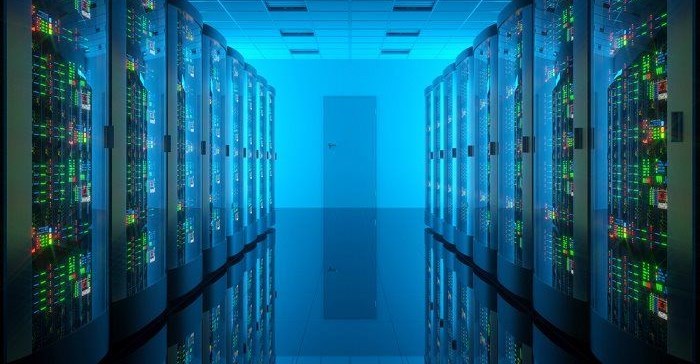
Schneider Electric requested customer and industry association feedback in 2023, which contributed to publishing this latest revision of the whitepaper.
According to the report, data centres are undergoing rapid growth to support the digital transformation of the world, but this growth has to be done in an environmentally friendly way. Data centre operators are facing mounting pressure from investors, regulators, customers, and employees to provide greater transparency on their environmental impact and progress on their environmental, social, and governance (ESG) programmes
The whitepaper proposes five metric categories for environmental sustainability reporting: energy, greenhouse gas emissions, water, waste, and local ecosystem. These categories represent an integrated approach to assessing the environmental impact of data centres and identifying areas for improvement.
“Data Centre operators are using a variety of different metrics making it harder to compare and benchmark sustainability progress and performance,” said Pankaj Sharma, executive vice president, secure power division and data centre business at Schneider Electric.
“We need a standardised data-driven approach to align on where to improve and what to prioritise, as well as ways to identify and root out organisational reporting discrepancies in order to meet the expectations of stakeholders and governmental pledges. Through more credible and comparable data, we will be able to establish industry benchmarks for others to make valuable environmental changes."
"Without a unilateral approach to reporting, data centre organisations are at risk of losing vital time and efforts as regulatory requirements continue to grow in importance. As a sign of our commitment to leading the data centre industry on sustainability initiatives, and in response to requests from our customers, we revised our original framework updating it with a newer set of metrics for organisations to progress their reporting.”
This report also identified stages of maturity for data centre operators in their sustainability journey: beginning, advanced, and leading. Depending on the stage, the report recommends different sets of metrics to use for reporting and benchmarking.
For example, the beginning stage represents basic reporting for energy, water use, and greenhouse gas emissions, while the leading stage adds more detailed metrics for energy reuse, carbon offsets, water replenishment, waste diversion, land use intensity, and mean species abundance.
Standardisation recommendations include industry-based target values for some key metrics, such as power usage effectiveness (PUE), renewable energy factor (REF), carbon usage effectiveness (CUE), and water usage effectiveness (WUE). These target values are based on surveys, studies, regulations, and industry players.
"Measuring sustainability in datacenters is not just an option, it's a responsibility we owe to our planet and future generations. By quantifying our environmental impact, we empower ourselves to make informed decisions that lead to meaningful change. However, isolated efforts are not enough,” commented Vlad Gabalov, director at Omdia, head of the cloud and data research practice about the importance of establishing benchmarks.
“To truly drive progress across the industry, we must unite under a standardised framework. This framework will not only guide our actions but also enable us to compare, learn, and innovate collectively. Through measurement and standardisation, we can pave the way for a greener, more sustainable digital future."
Highlights of the updated whitepaper include: